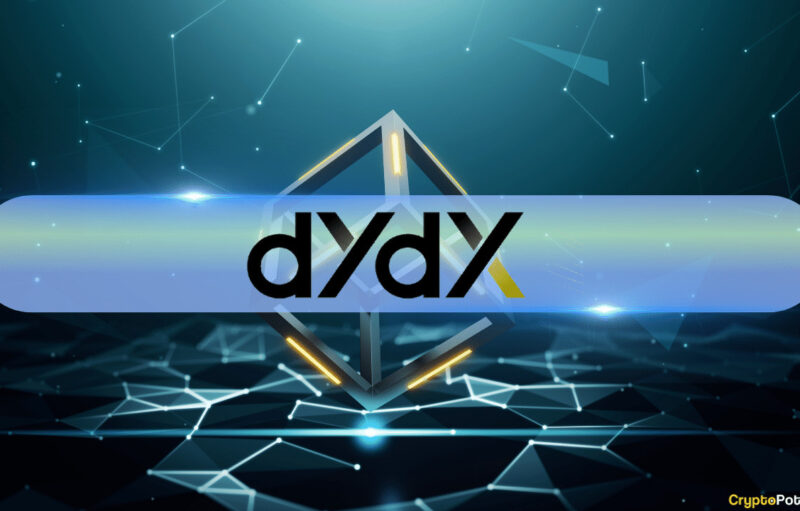

While layer 2 networks have become immensely popular in recent months, scammers are targeting newly launched ones and deceiving investors through creative phishing schemes to misappropriate funds.
Blast – the recently launched Ethereum layer 2 network – has caught the attention of these malicious entities, with a victim losing more than $130,000.
Blast Phishing Scam
A fraudster impersonated Paradigm partner Matt Huang to endorse phishing links for Blast. Bitrace was the first to flag the incident, which led to financial damage of over $130,000. According to the popular blockchain analysis data company, the impostor’s message under Blast’s official tweet “has not yet been processed.”
Blast, which went live on November 20th, has rapidly gained popularity amidst increasing interest in layer 2 solutions within the Ethereum ecosystem. It boasts prominent investors, including Paradigm, which led a $20 million investment round along with Standard Crypto.
Within its first week, Blast has attracted a total value locked (TVL) of more than $375 million, as per data compiled by DefiLlama. The platform, created by Tieshun Roquerre, also known as ‘Pacman’ and founder of the NFT marketplace Blur, introduced a unique yield generation model for both ether and stablecoins, capturing the attention of investors.
The protocol’s rapid success is likely to draw the attention of fraudsters engaged in phishing scams, attempting to exploit unsuspecting investors for financial gain.
Backlash From Critics
Less than a week old, Blast has already faced backlash regarding the structure and marketing of its model.
A primary concern revolves around the current limitation on withdrawals from the platform, which will be extended until February 24 of next year. This restriction prompts concerns about liquidity and control over assets, potentially undermining user confidence in the accessibility of their funds.
Meanwhile, members with invite-only early access receive additional points based on the extent of their bridging activities and the individuals they invite. Rewards accrue from those they directly invite, along with a smaller share of the rewards generated by people further down the hierarchy that their initial invitees bring in. Some critics have drawn parallels between Blast and a pyramid scheme.
Jarrod Watts, an engineer at Polygon, recently pointed out potential risks associated with the platform’s “enable transition” function and the “mainnetBridge” contract, which can potentially open the door to unrestricted access to all staked ETH and DAI, posing a significant threat to investors’ assets.
Watts outlined several concerns on Twitter, noting that Blast currently lacks an operational network for transactions or bridges back to Ethereum. Instead, the Blast smart contract receives user deposits and stakes them in Lido ETH staking and MakerDAO’s on-chain T-Bill protocol to generate yield.
Binance Free $100 (Exclusive): Use this link to register and receive $100 free and 10% off fees on Binance Futures first month (terms).
The post appeared first on CryptoPotato






